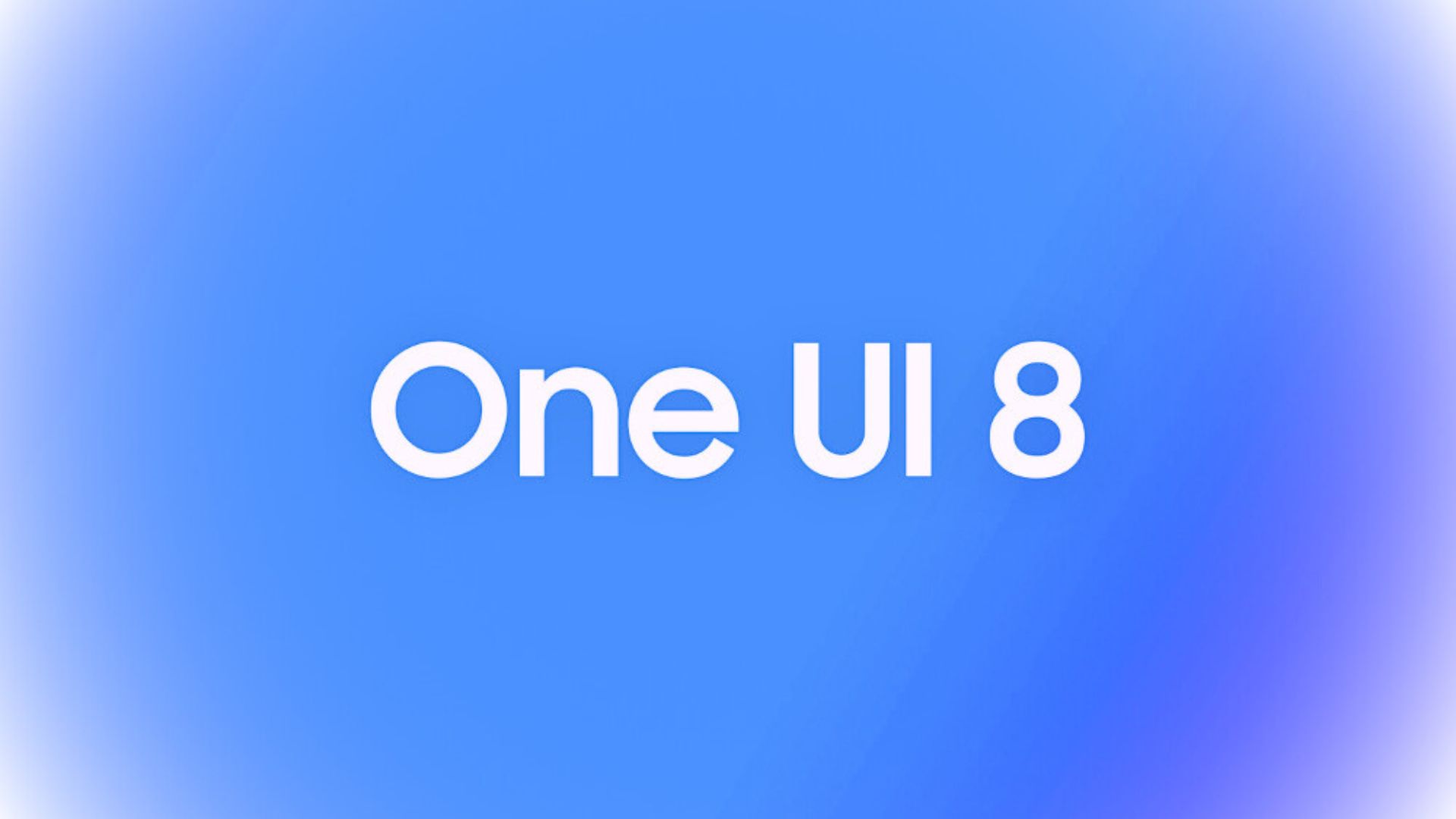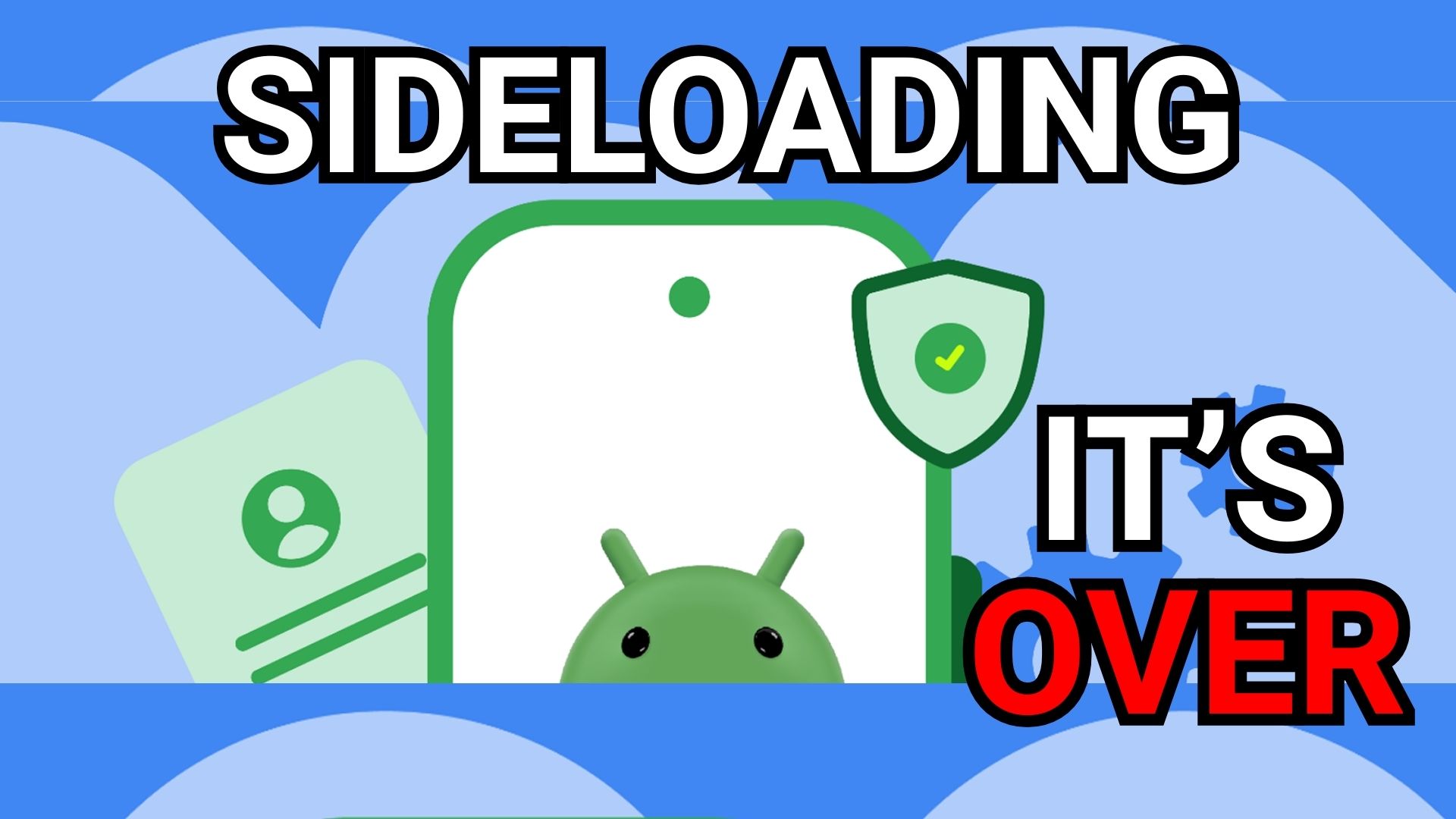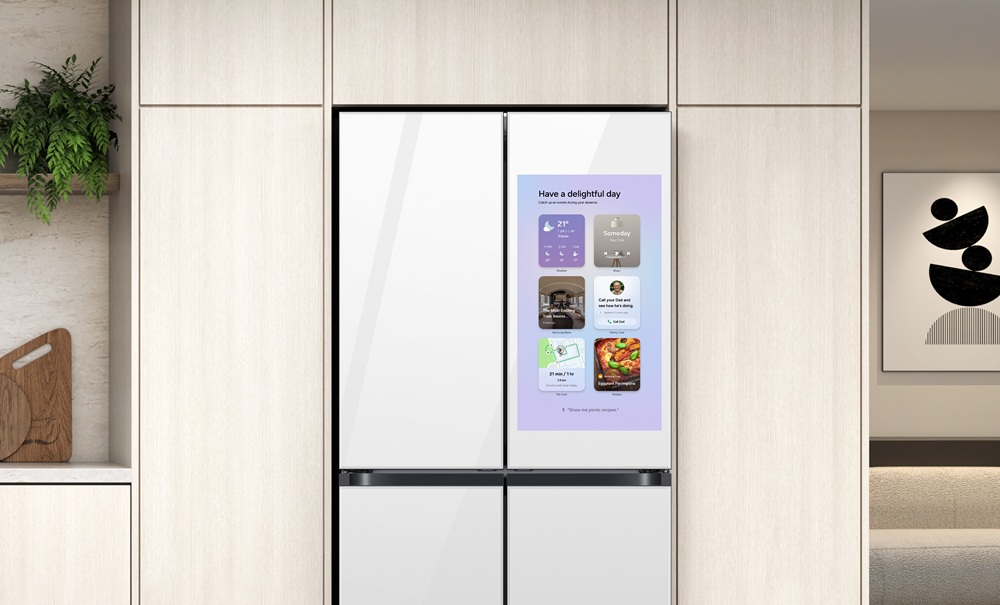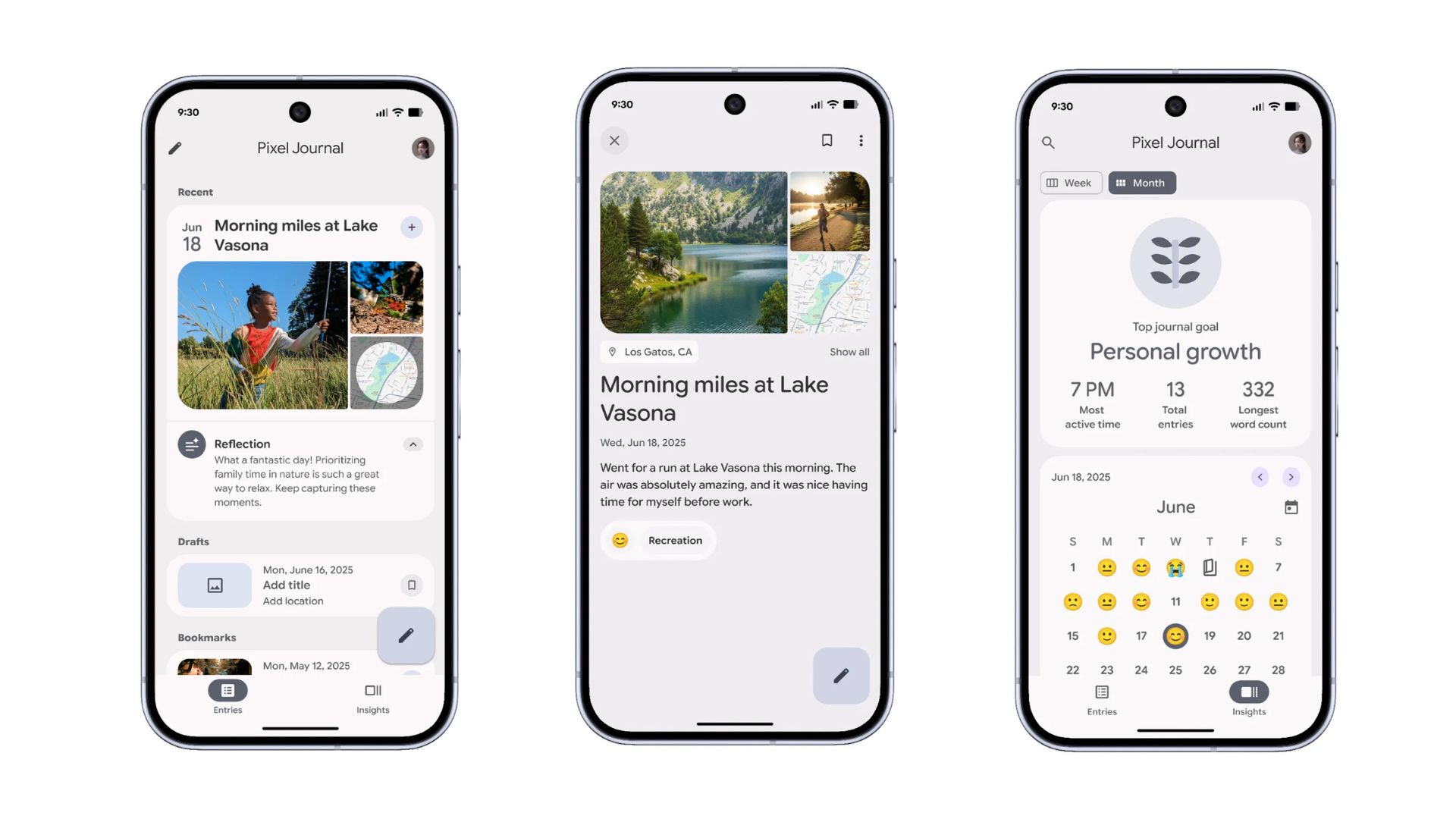Stable Android 14 for TV Rolled Out For More Android TVs and Boxes
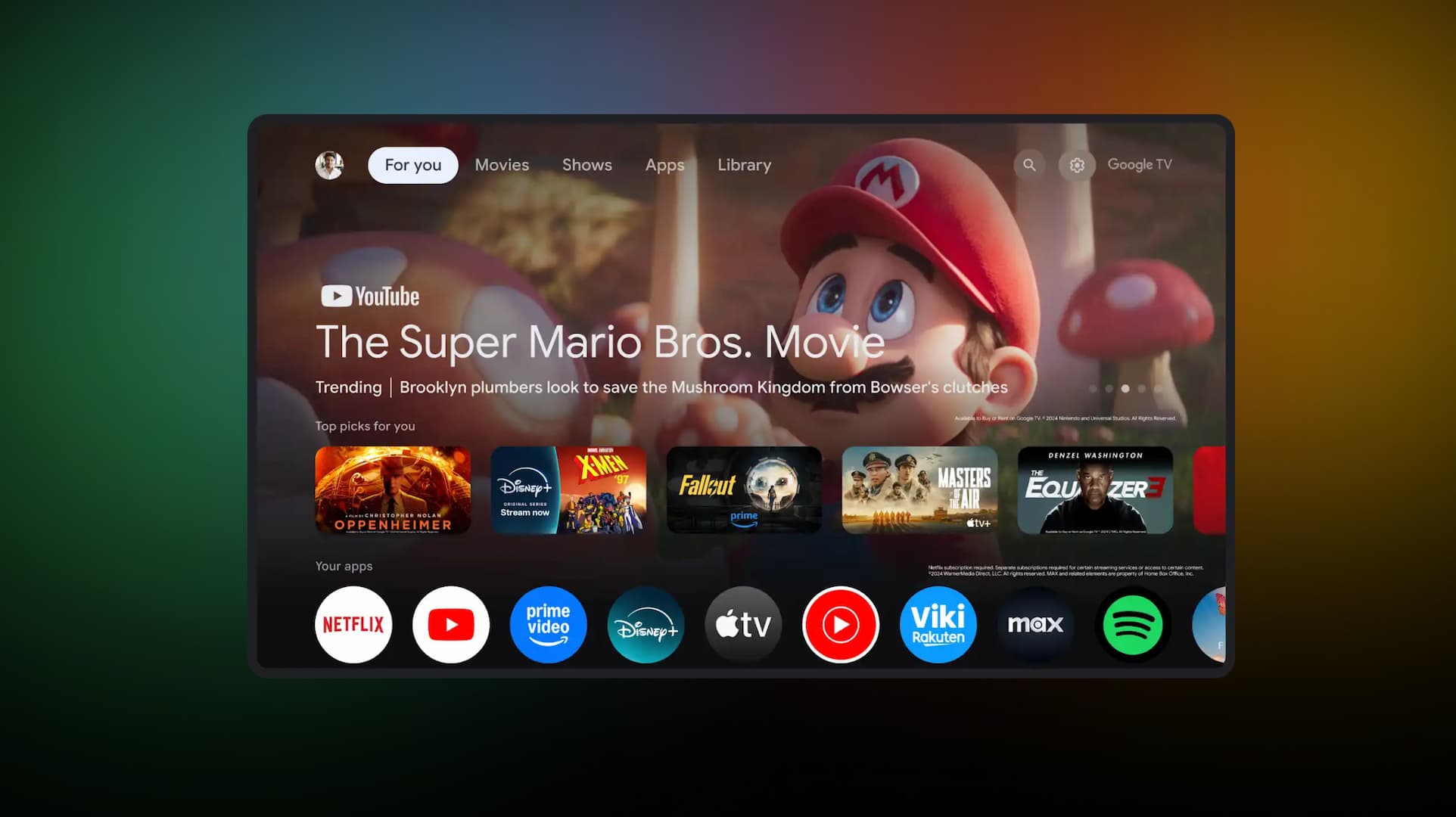
At I/O 2025, Google released stable Android 14 for TV OS, Android 16 for phones, and Wear OS 6 for wearables featuring Material 3 Expressive and brand new Gemini. Material 3 Expressive is currently being rolled out to Android TVs and Boxes via latest Google TV app update. A full fledged M3E update on TVs will come later. Gemini AI assistant is also being tested they are not included in the latest Android 14 for TV OS right now. However, it packs many new features, bug fixes, and UI changes.
Google claims Android TV OS is on impressive 220 million monthly active devices and a staggering 47% year-over-year growth. Google’s television platform has become an undeniable force in the living room ecosystem. This explosive growth means the TVs should be updated for bug fixes and vulnerability patches.
The highlight of Android 14 for TV is the new Picture-in-picture enabled by default, but it’s on select devices that meet Google’s hardware compatibility criteria. The PackageManager for the picture-in-picture feature flag will confirm if your device supports it. That’s not it, we have found various features and UI changes in the new update for TVs.

Android 14 for TV Features
After three years since Android 12’s release for Google TV and Android TV devices, Android TV 14 has finally been released. This update targets Google TV devices (like Chromecast TV), Android TV-based devices (including Zowie sticks), and various smart TVs.
The update is strongly recommended for all compatible devices due to performance improvements, new features, and enhanced security. The rollout is expected to continue expanding to more devices in the coming months.
Performance Improvements
- Enhanced Performance: Unlike Android TV 12 which initially slowed down devices, Android TV 14 promises significant performance boosts.
- Low RAM Optimization: Devices with limited RAM (such as Google Chromecast TV with 1GB RAM) will see substantial performance increases.
- Faster Startup Times: Overall system responsiveness and boot times have been improved.
Power Management Features
Android 14 for TV delivers substantial improvements in performance, creating noticeably snappier and more responsive user experiences. These enhancements aren’t just about speed—they’re about creating seamless interactions that make television feel as intuitive as any modern device.
One of the most significant additions is the introduction of new energy modes that put users in complete control of their television’s power consumption. These features help reduce standby power consumption, addressing growing concerns about energy efficiency in home entertainment systems.
Google has introduced new power consumption controls with three distinct modes:
- Low Energy Mode: Device sleeps and disconnects network connection to maximize power savings while still receiving critical updates
- Optimized Energy Mode: Balanced power consumption
- High Energy Mode: Full network features enabled with higher power usage
The sustainability focus extends beyond just power management. Android 14 for TV is designed with environmental consciousness in mind, helping manufacturers and users reduce their carbon footprint while maintaining premium entertainment experiences.
User Interface Changes
- Unified Design: The circular app design previously exclusive to Google TV is now being rolled out to all Android TV devices.
- New Categories: Added AI-enhanced suggestions section.
- Improved Organization: New reorder functionality and dedicated “Add apps” section.
AI-Enhanced Features
- Multilingual Descriptions: AI-powered content descriptions in various languages. (particularly beneficial for Spanish speakers)
- Translation Improvements: Addresses longstanding issues with English content translation to other languages.
Multitasking: Picture-in-Picture Comes to TV
Perhaps one of the most exciting additions to Android 14 for TV is the introduction of picture-in-picture (PiP) mode on qualified devices. This feature transforms how users interact with television content, allowing them to maintain engagement with multiple content streams simultaneously.
Users can watch their favorite show while monitoring live sports scores, participate in video calls while keeping an eye on breaking news, or multdging the gap between mobile and TV user experiences.
Settings Screens: Dedicated components for settings interfaces ensure that configuration screens feel native to the television environment while maintaining consistency with Android design principles.
The TV Material Catalog app serves as both a showcase and a learning tool, demonstrating these components in action and providing developers with practical examples of implementation.
A highly anticipated feature that enables:
- Security Integration: Ring doorbell notifications can appear in a corner overlay
- Sports Monitoring: Scoreboards and updates can display while watching other content
- Fitness App Support: Compatibility with various fitness applications
- Widget Support: Various widgets can utilize the picture-in-picture function
Note: This feature does not support media playback (Netflix, sports streaming) in the overlay.
Accessibility Enhancements
Android 14 for TV introduces groundbreaking accessibility features that ensure television entertainment is available to users of all abilities. The new accessibility toolkit includes comprehensive color correction options, enhanced text customization capabilities, and dramatically improved navigation systems for users with different needs.
What makes these features particularly impressive is their implementation through remote shortcuts, allowing users to quickly toggle accessibility options without navigating through complex menu systems. This streamlined approach demonstrates Google’s commitment to making accessibility features not just available, but genuinely usable in real-world scenarios.
- Color Correction: New options for users with color deficiencies
- Text Customization: Enhanced text options for users with visual impairments
App Installation Changes
- Storage Optimization: Transition from APKs to App Bundles for app installation
- Space Savings: Up to 20% reduction in app storage requirements
- Continued Sideloading: Third-party app installation remains possible
- Critical for Low Storage: Particularly beneficial for devices with limited storage (many only have a few gigabytes)
Security and Updates
- Regular Security Patches: Ongoing security updates throughout Android TV 14’s lifecycle
- System Integrity: Updates focused on maintaining system security rather than just adding advertisements
Android TV 14 OS for Developers
For developers, this growth presents unprecedented opportunities to reach audiences through the big screen. The latest updates to Android TV OS, including the introduction of Android 14 for TV and the beta release of Compose for TV, are designed to empower developers with cutting-edge tools and capabilities that make creating engaging television experiences easier than ever before.
For developers, this means ensuring proper integration with MediaSession to prevent content from continuing when input modes change or when the panel switches off.
Performance and Input Improvements
One of the most significant improvements in Compose for TV is the focus on input support and performance optimization. The development team has addressed focus issues that plagued earlier versions, ensuring that user interfaces appear and animate smoothly regardless of the content complexity.
These improvements are particularly important in television environments, where users expect immediate responsiveness and smooth animations. The enhanced performance characteristics make it possible to create rich, interactive experiences that rival native applications while maintaining the flexibility and development speed advantages of Compose.
Ease of Implementation and Styling
Compose for TV emphasizes simplicity without sacrificing functionality. Developers can add sophisticated components to their applications and customize them with minimal code, dramatically reducing development time and complexity.
The styling system provides extensive customization options while maintaining consistency with Android TV design principles. This approach ensures that applications feel native to the platform while allowing developers to express their unique brand identity and user experience vision.
Broad Form-Factor Support and Code Reuse
One of Compose for TV’s most compelling advantages is its support for broad form-factor compatibility. Developers can reuse business logic from phone, tablet, or foldable applications to render television user interfaces with changes as minimal as adding a ViewModel.
This code reuse capability dramatically reduces development overhead for cross-platform applications. Teams can maintain a single codebase that adapts seamlessly across different form factors, from small mobile screens to large television displays.
Component Graduation and API Stability
The beta01 release represents a significant maturation of the Compose for TV platform. Several components have graduated from experimental status, providing developers with stable APIs they can rely on for production applications.
However, some components like Carousel and FilterChip remain experimental, requiring the @ExperimentalTvMaterial3Api annotation. Developers should plan their implementation strategies accordingly, understanding which components provide production stability and which are still evolving.
ImmersiveList Changes and Custom Implementation
One significant change in beta01 is the removal of the ImmersiveList composable from the androidx-tv-material package. This decision was made in response to developer feedback about data type variety and component design complexity.
While this might initially seem like a step backward, the reality is that creating custom immersive lists is now more straightforward than ever.
This approach provides developers with more flexibility and control while reducing the complexity of the core library.
List of devices receiving Android 14 for TV OS
- Google Chromecast With Google TV
- Google TV Streamer
- Onn 4K and Onn 4K Pro
- Xiaomi Mi Box S 3rd Gen
- Xiaomi TV BOX 3rd Gen
- Kinhank G1
- STRONG LEAP-S3+
- My Stream System TV
- Onn ATV Pro
- Leap s3+
- Xiaomi Stick 4K (under beta)
- Mi Box S 2nd (under beta)
Sony Bravia TVs
TVs: Bravia 2, X77L, X75L, X75K, X74L, X74K, X70L, X64L, W880K, W835, W830L, W830K, W825, W820K
Models: K-43S20, K-43S20B, K-43S25, K-50S20, K-50S20B, K-50S25, K-55S25, K-55S25B, K-65S25, K-65S25B, KD-32W825, KD-32W835, KD-32W830L, KD-43X64L, KD-43X70L, KD-43X75L, KD-50X64L, KD-50X70L, KD-50X75L, KD-55X74L, KD-55X75L, KD-65X74L, KD-65X75L, KD-43X77L, KD-50X77L, KD-55X77L, KD-65X77L, KD-75X77L, KD-32W820K, KD-32W830K, KD-43W880K, KD-43X74K, KD-43X75K, KD-50X74K, KD-50X75K, KD-55X74K, KD-55X75K, KD-65X74K, KD-65X75K
Mecool TV Boxes
- Mecool KM7 Plus TV Box
- KM2 PLUS Deluxe expected in September.
- Other models from Mecool include KM2, KM2 PLUS, KD3, KT2, KM9PRO MAX, and KS3 later this year.
Nvidia Shield TVs: Nvidia TVs have been receiving software updates for 10 years now. It original Shield Tv may receive Android TV 14, but is not confirmed. The newer 2019 models of NVIDIA Shield TV Shield TV Pro will receive Android 14 for TV OS.
How to update to Android 14 for TV OS?
For eligible Android TVs and Boxes, download the latest Android 14 for TV OS from:
- Go to Settings >System> About>Update
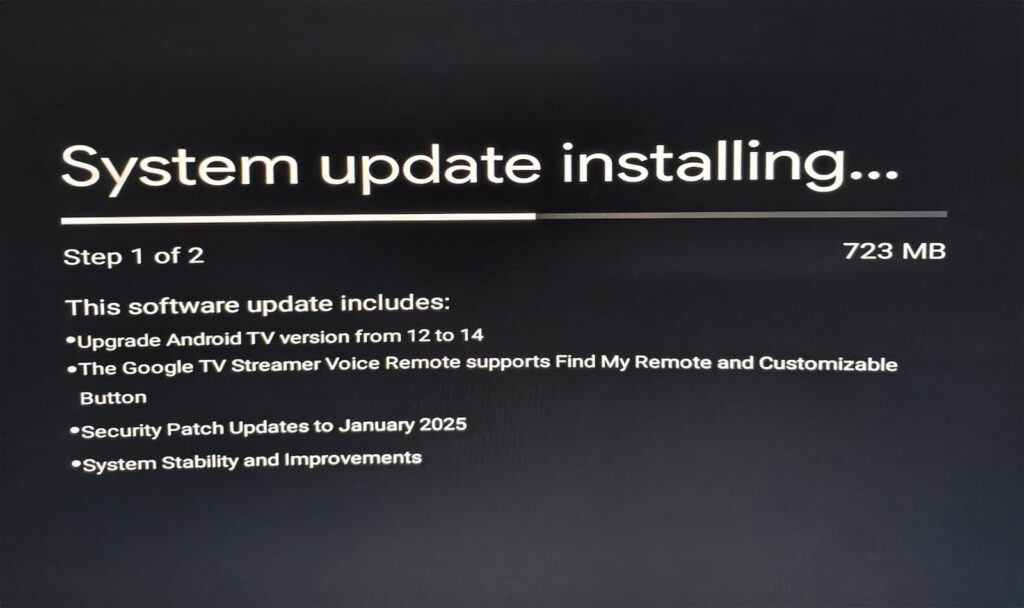
Sources: Mecool, Proshis_Saha_Swopna, rjvillanueva,

